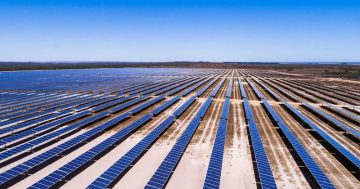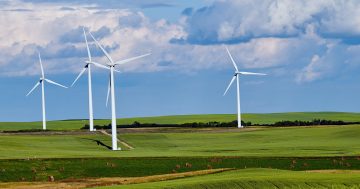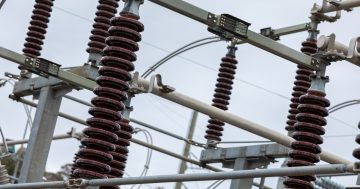 The Department of the Environment and Energy has released the latest statistics on Australia’s use of energy, finding that consumption increased by one per cent in 2016-17.
The Department of the Environment and Energy has released the latest statistics on Australia’s use of energy, finding that consumption increased by one per cent in 2016-17.
The Department’s 2018 Australian Energy Statistics report also showed that while overall energy consumption had increased, Australia was now using around 20 per cent less energy per person than at the start of the century.
“Australia is also creating more value from the energy we consume,” the report said.
“For every petajoule of energy consumed in 2016-17, Gross Domestic Product increased by $275 million, nearly $50 million more per petajoule than a decade ago.”
It said most of the growth in energy consumption in 2016-17 was in plants producing liquefied natural gas, supporting growth in gas export volumes of 41 per cent.
The report found that electricity generation and transport remained the largest energy-using activities in 2016-17.
It said oil remained the largest energy source in Australia, at 38 per cent of total energy consumption during the year with coal providing a further 32 per cent, followed by natural gas and renewables.
“Coal continued to provide the majority of Australia’s electricity, at 63 per cent of total generation in 2016-17,” the report said.
“However, total coal-fired generation was 13 per cent lower in 2016-17 than at its peak a decade ago.
“The share of renewables in the electricity generation mix was 16 per cent in 2016-17, and generation from renewables has more than doubled over the past decade.
“Hydro remains the largest source of renewable electricity generation, but output from solar and wind continues to rise.”
The Department’s 32-page report can be accessed at this PS News link.











